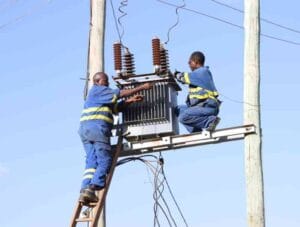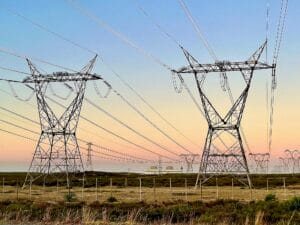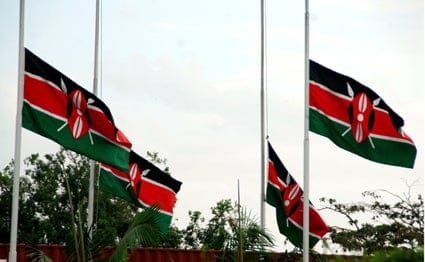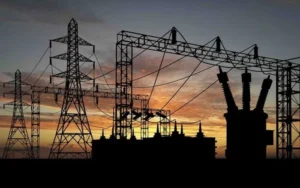
For the first time in years, President William Ruto has confirmed that Kenya is undergoing load shedding scheduled power rationing between 5 pm and 10 pm daily in selected regions.
The announcement, made in early November 2025, comes as the country grapples with rising electricity demand, constrained generation, and the need for urgent infrastructure upgrades.
Load shedding, long associated with countries like South Africa and Nigeria, is now a Kenyan reality a stark reminder that rapid growth demands equally rapid energy expansion.
What Exactly Is Load Shedding?
Load shedding refers to a deliberate, temporary cut in electricity supply to certain areas when demand exceeds available power.
It’s a protective measure that prevents a total national blackout by balancing the load across regions.
In simple terms, it means rotational blackouts where areas take turns being in darkness so the grid doesn’t collapse entirely.
Why Kenya Is Facing Load Shedding!!
1. Insufficient Generation Capacity
Kenya currently produces around 2,300 megawatts of electricity, but national demand especially during peak hours has surged beyond that. The result is a supply gap that forces rationing.
2. Dependence on Hydropower
Hydroelectric dams like Masinga and Turkwel have experienced lower water levels due to droughts, reducing output. Climate change has made rainfall patterns unpredictable, further straining hydropower.
3. Aging Infrastructure and Transmission Losses
Outdated transformers and overloaded transmission lines mean that a portion of generated electricity never reaches end-users. Kenya Power reports that system losses exceed 20%, a major inefficiency.
4. Rapid Industrial and Digital Growth
Kenya’s push for industrialization, coupled with the growth of tech hubs and data centers, has dramatically increased power needs. The grid simply hasn’t expanded fast enough.
5. Delayed Energy Projects and Financing Gaps
President Ruto noted that the country needs KSh 1.2 trillion to meet future electricity demand. Several planned projects have stalled due to funding constraints or logistical delays.
The Immediate Effects of Load Shedding….
1. Economic Disruptions
2. Household and Social Impact
3. Tech and Communication Setbacks
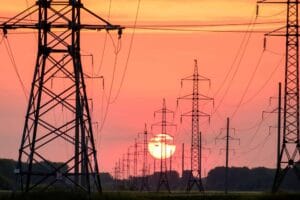
Global Perspective: Countries That Live With Load Shedding:
a.) South Africa
Eskom, the national utility, has implemented load shedding for nearly two decades due to aging coal plants and mismanagement. Some regions endure up to 10 hours of blackout daily.
b.) Nigeria
Despite having the largest economy in Africa, Nigeria suffers chronic power shortages. Many households rely on generators, creating high costs and pollution.
c.) Pakistan
Load shedding remains common, especially in summer. The government has diversified into solar and hydro to reduce the gap.
d.) India
Once plagued by power cuts, India invested heavily in renewables and smart grid technology. Today, its power reliability has improved drastically.
e.) Bangladesh
Faced severe load shedding in 2022–2023 but mitigated it through solar expansion and regional power imports from India.
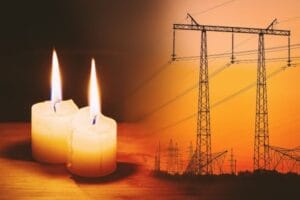
But How Kenya Can Overcome Load Shedding?
-
Diversify Power Sources: Expand geothermal, solar, and wind energy projects.
-
Upgrade the National Grid: Reduce power losses and modernize infrastructure.
-
Attract Private Sector Investment: Allow more Independent Power Producers (IPPs).
-
Promote Energy Efficiency: Public awareness campaigns to manage consumption.
-
Encourage Regional Cooperation: Use EAPP to import electricity during shortages.
-
Adopt Smart Technology: Implement smart meters, sensors, and predictive grid systems.
In Conclusion we can Turn this Crisis into Opportunity!!!
Load shedding is not the end , it’s a warning. It shows that Kenya’s energy demand has outgrown its infrastructure, but it also signals potential for growth, innovation, and reform.
If Kenya invests wisely, manages transparently, and embraces renewables, the current crisis could pave the way to a sustainable, self-sufficient energy future.
Well the challenge now is not darkness but how fast we can build the light.


